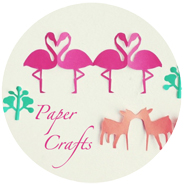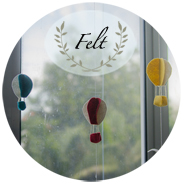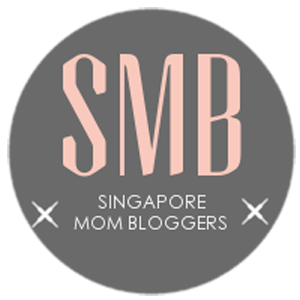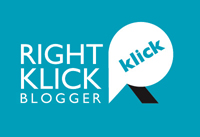I started alphabet lessons with K when he was about 2.5 years old and created his first alphabet lapbook/file folder. At the start of each alphabet lesson, I will use a word wall.
 Young children are very visual learners and are affected by what they see. Seeing words on the wall helps them become excited about words and understand that words are important and can be used over and over again. The word wall helps them learn the names of letters, letter-sound relationships and the list of words and things beginning with that letter. It provides the reference support for the child when he/she goes through the elements in alphabet lapbook and the activities related to that letter through the week. The wordwall for Letter B can be downloaded here.
Young children are very visual learners and are affected by what they see. Seeing words on the wall helps them become excited about words and understand that words are important and can be used over and over again. The word wall helps them learn the names of letters, letter-sound relationships and the list of words and things beginning with that letter. It provides the reference support for the child when he/she goes through the elements in alphabet lapbook and the activities related to that letter through the week. The wordwall for Letter B can be downloaded here.We read books that featured things starting with the Letter B, sang songs and nursery rhymes, went through the Letter B lapbook together and did many kinesthetic activities
Here’s what we did for our Letter B Lapbook and activities –
1. Letter B Lapbook :
– Big and Little bus sorting + pockets to store the cards
– B Wheel
– Baa Baa Black sheep sequence cards
2. Matching and Numeration with Number Dot cards and Counting bears counters (you can substitute the counting bear counters with edible gummy bears, buttons or craft pom pom balls). The Number Dot cards can be downloaded here.
3. Sorted buttons by colours / sizes using a muffin tray (you can use use plastic bowls or containers to store the buttons).

4. Played the balloon game. The rule of the game was to make sure that the balloon does not touch the ground and we had to make the sound of b when we touched the balloon. This progressed to shouting out the B words that he has learnt.
5. Made a Binoculars by taping two pieces of recycle toilet paper tubes together
6. Created buildings with wooden blocks.
7. Played a game of marble ball roll, with added goal posts (for added challenge) made from lego bricks

8. Played basketball and football
9. Made cinnamon buns together
These activities were completed in one week and managed within one to two 15-30 minutes sessions per day. We had so much fun learning the Letter B and I hope you and your child will enjoy the activities as much as we did.
—-
Click here for the directory of Home-Learning posts on this blog.























